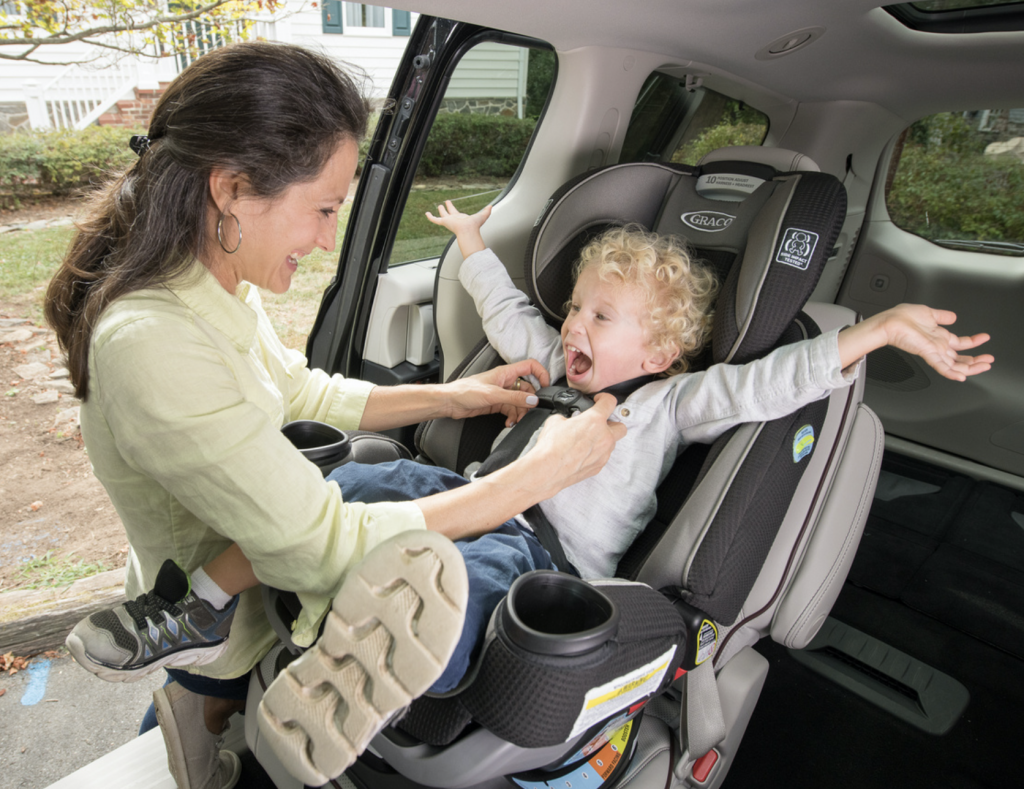
Between 2019 and 2020, there has been 77 child heatstroke fatalities in the US.1 The ages of these children ranged from 5 days to 14 years old. More than half of the deaths were children under the age of 2 years old.1 It is important to note that these deaths could have been prevented. In most cases, the driver simply forgot that the child was in the vehicle. This can happen to anyone, including a loving and attentive parent. National Highway Traffic Safety Administration also mentions that the second most common occurrence was the child playing in an unattended vehicle. Parents often don’t realize that cars heat up quickly! In just 10 minutes, a car can heat up 19 degrees F.4 So, leaving your child in the car even to run a quick errand isn’t safe and can be deadly.
Here are a few safety tips to remember to help keep your children safe.
- Avoid distractions while driving, especially cell phone use.
- Be extra alert when there is a change in your routine, like when someone else is driving your child or you take a different route to work or child care.
- Have your childcare provider call if your child is more than 10 minutes late.
- Put your cell phone, bag, or purse in the back seat, so you check the back seat when you arrive at your destination.
- If someone else is driving your child, always check to make sure he has arrived safely.
- Educate your child that cars are not toys and aren’t a safe hiding place. Children should never play in or around cars.
- Be sure to lock all of your vehicle’s doors and windows while at home to prevent your child from playing inside.
- Never leave your child alone inside the car, even for a second.
- Always remember to park, lock, and look when leaving your vehicle. This will ensure that a child isn’t left in a vehicle by mistake.
- Setting a mobile alarm on your phone can be a helpful reminder to ensure that no child was left behind.
If you notice a child was left in the vehicle, it imperative that you act fast and call 911. A child’s body temperature rises three to five times faster than an adult. When left in a hot car, a child's major organs begin to shut down when his temperature reaches 104 degrees Fahrenheit (F). A child can die when his temperature reaches 107 degrees F.2
Your courage to step up can save a child’s life. A good Samaritan law that went into effect in Tennessee July 1, 2014 gives legal protection to those who attempt to remove a child from a vehicle to save their life. According to the law, those who have a reasonable belief a child is in danger and have contacted first responders for assistance may forcibly enter a locked vehicle without fear of punishment (T.C.A. § 29-34-209).
For more child passenger safety tips, visit our website here.
Source: